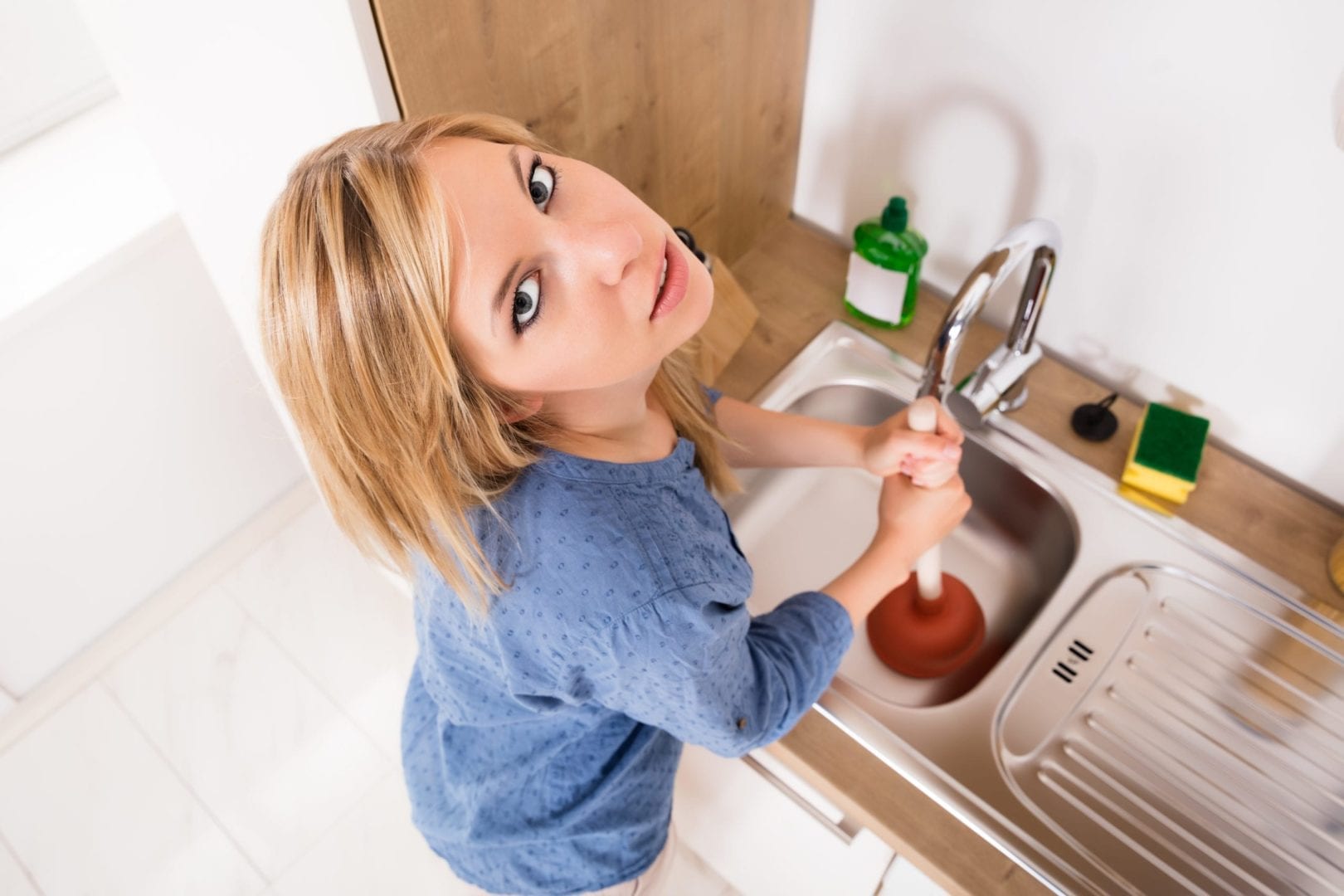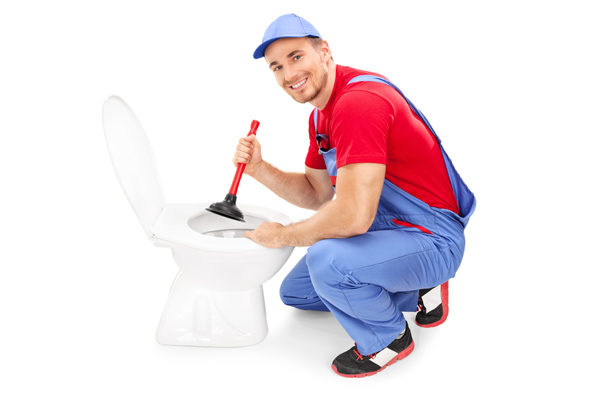Learn Plungers and Drain Cleaners: Best Practices
Schedule EstimateThe content down the page relating to Tips on How to Effectively Use a Plunger is extremely captivating. You should take a peek.

Intro
Correct maintenance of family drains pipes is vital for protecting against blockages and ensuring smooth water flow. Among the trick devices in every property owner's toolkit is the bettor, alongside numerous drainpipe cleansers developed to deal with stubborn blockages properly. This write-up explores how to use plungers and drainpipe cleansers properly to maintain your drains pipes streaming easily.
Section 1: Comprehending Plungers
Types of Plungers
There are numerous sorts of bettors offered, each designed for various kinds of drains and clogs. One of the most typical types consist of cup plungers, flange bettors, and accordion plungers.
Just How Plungers Work
Bettors service the principle of producing stress and suction to displace obstructions. When properly applied over a drain, they create a vacuum that can take out particles or separate clogs.
Picking the Right Plunger
Choosing the best plunger depends on the type of drainpipe and the nature of the obstruction. Mug plungers are optimal for sinks and tubs, while flange plungers are much better fit for toilets due to their layout.
Typical Mistakes with Bettors
Staying clear of these errors ensures reliable plunging: incorrect seal around the drain, not enough force, and not clearing surrounding particles.
Area 2: Using Plungers Successfully
Prep work
Prior to diving, ensure the bettor covers the drainpipe completely and creates a tight seal. Clear any kind of visible debris around the drain opening.
Method
Begin with mild diving activities to construct suction. Rise stress gradually, using a stable rhythm. Repeat as required up until the drain clears.
Troubleshooting Tips
If diving does not function, try adjusting the seal, applying oil jelly for a far better seal, or utilizing a different type of plunger.
Section 3: Understanding Drain Cleansers
Kinds Of Drain Cleansers
Drain cleaners can be chemical or enzymatic. Chemical cleaners use solid chemicals to liquify obstructions, while chemical cleansers utilize natural enzymes to break down organic matter.
How Drainpipe Cleaning Company Job
Chemical cleaners react with clogs to liquify them, while enzymatic cleaners break down natural products like hair and grease without harming pipelines.
Security Considerations
Constantly use gloves and eye defense when utilizing chemical drain cleansers. Guarantee adequate ventilation and adhere to supplier instructions meticulously.
Eco-Friendly Alternatives
Think about utilizing vinegar and baking soda or enzyme-based cleaners for green alternatives that are safer for pipes and the setting.
Section 4: Using Drainpipe Cleansers Effectively
Application Methods
Pour chemical cleansers directly right into the drain opening. Enable them to benefit the suggested time prior to purging with hot water. Enzymatic cleansers need to sit overnight.
Preventative measures
Avoid mixing various sorts of cleansers, as this can produce harmful fumes. Never utilize chemical cleansers combined with a plunger, as spilling can occur.
Handling Stubborn Clogs
For persistent clogs, consider using a pipes serpent or calling an expert plumbing professional to avoid damage to pipes.
Conclusion
In conclusion, comprehending just how to utilize plungers and drainpipe cleaners effectively is vital for maintaining healthy and balanced plumbing systems. By picking the right devices and techniques, house owners can tackle small clogs and protect against major pipes issues down the line.
4 DIY Ways to Unclog Drains
Wire Hanger
This age-old technique has been used by many an amateur plumber – to much success. Take any wire hanger, deconstruct its shape and leave a small hook shape on the end. Time to go fishing! Remove the shower or sink drain cover and snake the wire into the drain, wiggling and rotating it as you push it through. Dispose of the gunk that you remove and flush the drain with hot water. Rinse with a pan of boiling water for best results.
Plunger
Creating a suction in your drain can break up clogs caused by hair and soap residue build up. First, make sure you are using the correct type of plunger, one specifically for sinks or tubs. They are typically smaller than regular toilet plungers and often have a shallow suction cup. Regular plungers can work too but we’d recommend cleaning them first and finding a way to create better suction over the drain.
Baking Soda and Vinegar
This technique is a classic – and one of the most popular DIY drain unclog methods. Pour one cup of baking soda and one cup of vinegar down the drain and allow it to work its magic overnight. The next morning, flush the drain with boiling water. Repeat if necessary.
Drain Snake/Hair Clog Tool
If you know your clog is caused primary by hair, a drain snake/hair clog tool might be your best option. These tools can be purchased for under $10 at any hardware store and work well so long as the clog isn’t too deep in the drain.
https://www.callcatons.com/blog/four-diy-ways-to-unclog-drains/

Application Methods
Pour chemical cleansers directly right into the drain opening. Enable them to benefit the suggested time prior to purging with hot water. Enzymatic cleansers need to sit overnight.
Preventative measures
Avoid mixing various sorts of cleansers, as this can produce harmful fumes. Never utilize chemical cleansers combined with a plunger, as spilling can occur.
Handling Stubborn Clogs
For persistent clogs, consider using a pipes serpent or calling an expert plumbing professional to avoid damage to pipes.
Conclusion
In conclusion, comprehending just how to utilize plungers and drainpipe cleaners effectively is vital for maintaining healthy and balanced plumbing systems. By picking the right devices and techniques, house owners can tackle small clogs and protect against major pipes issues down the line.
4 DIY Ways to Unclog Drains
Wire Hanger
This age-old technique has been used by many an amateur plumber – to much success. Take any wire hanger, deconstruct its shape and leave a small hook shape on the end. Time to go fishing! Remove the shower or sink drain cover and snake the wire into the drain, wiggling and rotating it as you push it through. Dispose of the gunk that you remove and flush the drain with hot water. Rinse with a pan of boiling water for best results.
Plunger
Creating a suction in your drain can break up clogs caused by hair and soap residue build up. First, make sure you are using the correct type of plunger, one specifically for sinks or tubs. They are typically smaller than regular toilet plungers and often have a shallow suction cup. Regular plungers can work too but we’d recommend cleaning them first and finding a way to create better suction over the drain.
Baking Soda and Vinegar
This technique is a classic – and one of the most popular DIY drain unclog methods. Pour one cup of baking soda and one cup of vinegar down the drain and allow it to work its magic overnight. The next morning, flush the drain with boiling water. Repeat if necessary.
Drain Snake/Hair Clog Tool
If you know your clog is caused primary by hair, a drain snake/hair clog tool might be your best option. These tools can be purchased for under $10 at any hardware store and work well so long as the clog isn’t too deep in the drain.
https://www.callcatons.com/blog/four-diy-ways-to-unclog-drains/

Do you enjoy reading up on ? Give feedback down below. We will be happy to listen to your insights about this entry. We hope that you visit us again soon. Liked our review? Please share it. Help another person locate it. Thanks a lot for your time spent reading it.
Course Detail